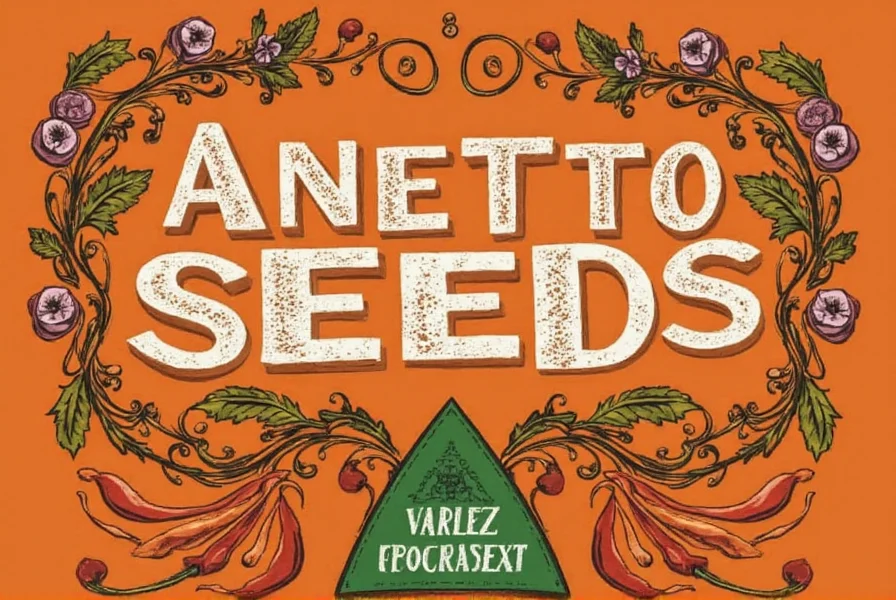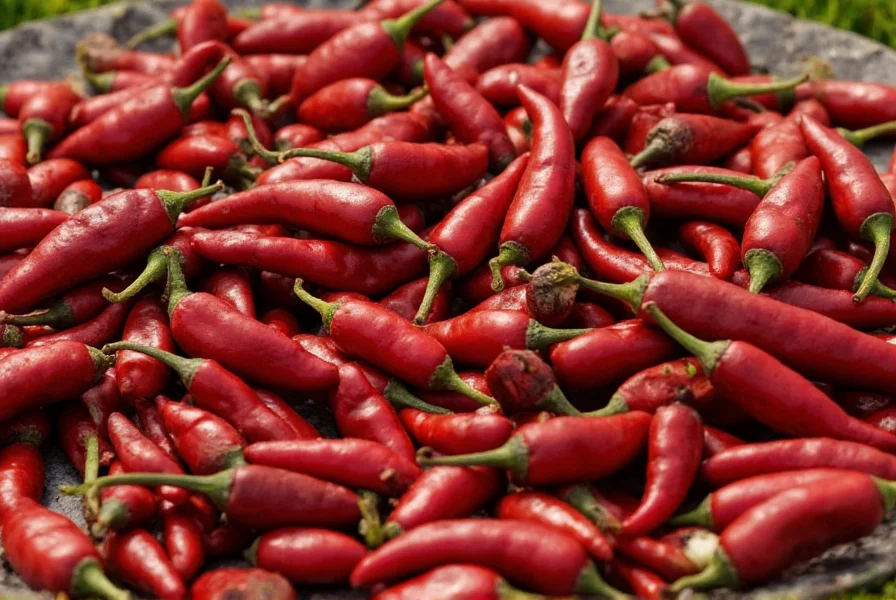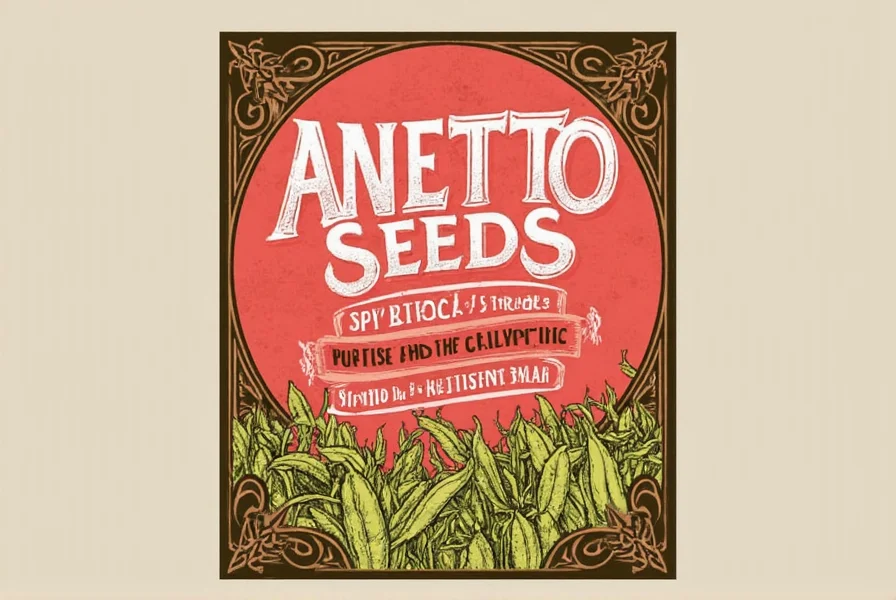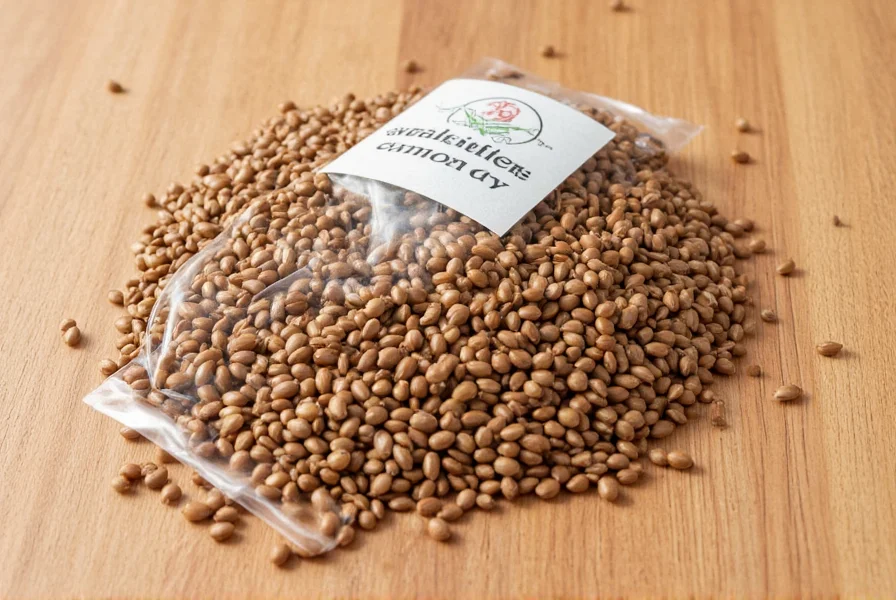Table of Contents
Introduction to Annatto Seeds
If you're a spice enthusiast or someone who loves experimenting in the kitchen, then annatto seeds might just be your new favorite ingredient. Known for their vibrant color and mild flavor, annatto seeds are commonly used in Latin American and Caribbean cuisines. But what exactly are they, and why should you care? Let's dive into the world of annatto seeds and discover how they can elevate your culinary adventures.
Spice Basics: What You Need to Know
Before we get too deep into annatto seeds, let's start with the basics. Annatto seeds come from the achiote tree (Bixa orellana) and are prized for their natural red-orange pigment. They're widely used in Latin American and Caribbean cooking to add color to dishes like rice, stews, and cheeses. Unlike many spices, annatto's primary role is coloring rather than strong flavor—though they do have a subtle nutty, peppery taste.
These tiny seeds pack a visual punch. Whether you're making traditional Mexican cochinita pibil or Filipino arroz a la cubana, annatto provides that signature hue without overwhelming other flavors. Now that you know the basics, let's explore practical ways to use them in your cooking.

Practical Tips for Using Annatto Seeds
Using annatto seeds is straightforward. Here are some practical tips to get the most out of this versatile ingredient:
- Infuse in oil: Simmer annatto seeds in oil to create a vibrant red-orange achiote oil, perfect for marinating meats or coloring rice. This is the most common method in Latin American cooking.
- Make a paste: Combine ground annatto seeds with vinegar or lime juice to create a paste used in traditional dishes like cochinita pibil or adobo.
- Use sparingly: A little goes a long way for color. Start with a small amount and adjust as needed—too much can make dishes taste bitter.
- Store properly: Keep seeds in an airtight container away from light to preserve their color and potency for up to two years.
Buying Guide: How to Choose the Best Annatto Seeds
When buying annatto seeds, look for bright orange-red seeds with a strong aroma. They're commonly sold whole or ground. Whole seeds are preferable for longer shelf life. You can find them at Latin American grocery stores, specialty spice shops, or reputable online retailers. Avoid seeds that appear dull or have a musty smell, as this indicates old stock.
Features to Look For
- Whole vs. Ground: Whole seeds retain flavor and color longer; ground annatto is convenient but loses potency faster.
- Freshness: Bright orange-red color and strong earthy aroma indicate freshness. Dull or faded seeds are likely old.
- Origin: Highest quality annatto comes from Mexico, Peru, or Brazil—check packaging for country of origin.
Why Quality Matters
High-quality annatto seeds provide consistent color and mild flavor. Poor quality seeds may yield pale results or bitter taste, ruining dishes that rely on their signature hue.
Frequently Asked Questions About Annatto Seeds
What are annatto seeds?
Annatto seeds come from the achiote tree (Bixa orellana) and are primarily used as a natural food coloring agent. They have a mild nutty, peppery flavor and are essential in Latin American and Caribbean cuisines for dishes like rice, stews, and cheeses.
How do I use annatto seeds in cooking?
Annatto seeds are most commonly used by infusing them in oil or making a paste. To make achiote oil, simmer whole seeds in vegetable oil for 10-15 minutes, then strain. For paste, grind seeds with vinegar or citrus juice. They're ideal for coloring rice, marinating meats, or adding subtle flavor to soups.
Should I toast annatto seeds before using them?
No, toasting annatto seeds is not recommended as it can burn the delicate pigments and create bitterness. Instead, gently simmer them in oil to extract color without altering flavor. Toasting is typical for spices like cumin, but annatto requires a different approach.
Where can I buy high-quality annatto seeds?
High-quality annatto seeds are available at Latin American grocery stores, specialty spice retailers, or trusted online platforms like Amazon or Penzeys. Look for seeds with bright orange-red color and check for country of origin (Mexico, Peru, or Brazil are best). Avoid bulk bins where seeds may have been exposed to light and air.
How do annatto seeds compare to turmeric?
Both are natural colorants, but annatto provides a reddish-orange hue while turmeric gives yellow. Annatto has a mild nutty flavor, whereas turmeric is earthier and more pungent. Annatto is preferred for Latin American dishes like arroz con pollo, while turmeric dominates Indian curries. They're often used together for complex color profiles.
How should I store annatto seeds to keep them fresh?
Store whole annatto seeds in an airtight container away from light, heat, and moisture. They'll stay fresh for up to two years. Ground annatto loses potency faster—use within 6 months. For maximum color retention, keep seeds in a dark glass jar. Never refrigerate, as moisture can cause clumping.
Comparison Table: Annatto Seeds vs. Colorants
To help you understand annatto's unique role among natural colorants, here's a comparison:
| Spice/Colorant | Color Profile | Best Used In | Flavor Profile |
|---|---|---|---|
| Annatto Seeds | Vibrant red-orange | Latin American rice, stews, cheeses, adobo | Mild nutty, slightly peppery |
| Turmeric | Bright yellow | Indian curries, rice dishes, mustards | Earthy, slightly bitter |
| Saffron | Golden yellow | Paella, risotto, desserts | Floral, honey-like |
| Beetroot Powder | Pink to red | Desserts, smoothies, natural dyes | Sweet, earthy |

Conclusion
Annatto seeds are a versatile natural colorant that adds visual appeal and subtle flavor to dishes across Latin American and Caribbean cuisines. Unlike many spices, their primary value lies in their vibrant hue rather than strong taste—making them perfect for dishes where color matters as much as flavor.
By understanding how to use, buy, and store annatto properly, you can elevate your cooking with this underrated ingredient. Whether you're making traditional recipes or experimenting with new dishes, annatto seeds offer a safe, natural alternative to artificial food dyes.












 浙公网安备
33010002000092号
浙公网安备
33010002000092号 浙B2-20120091-4
浙B2-20120091-4